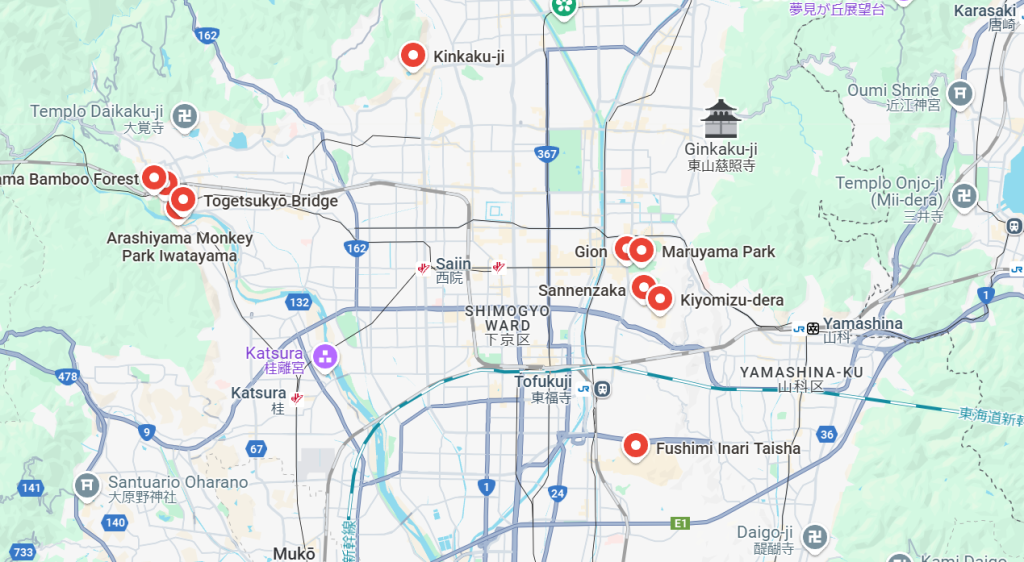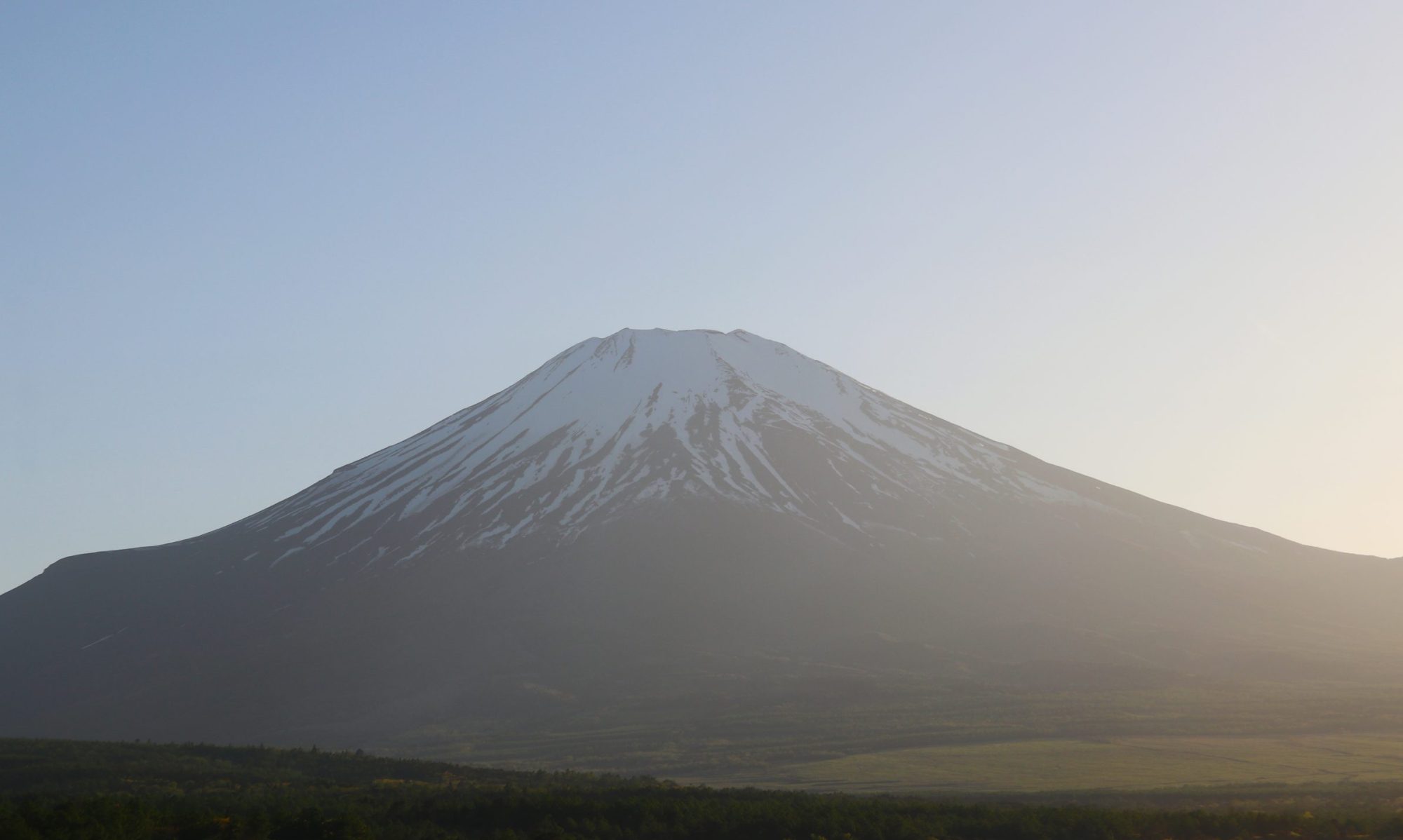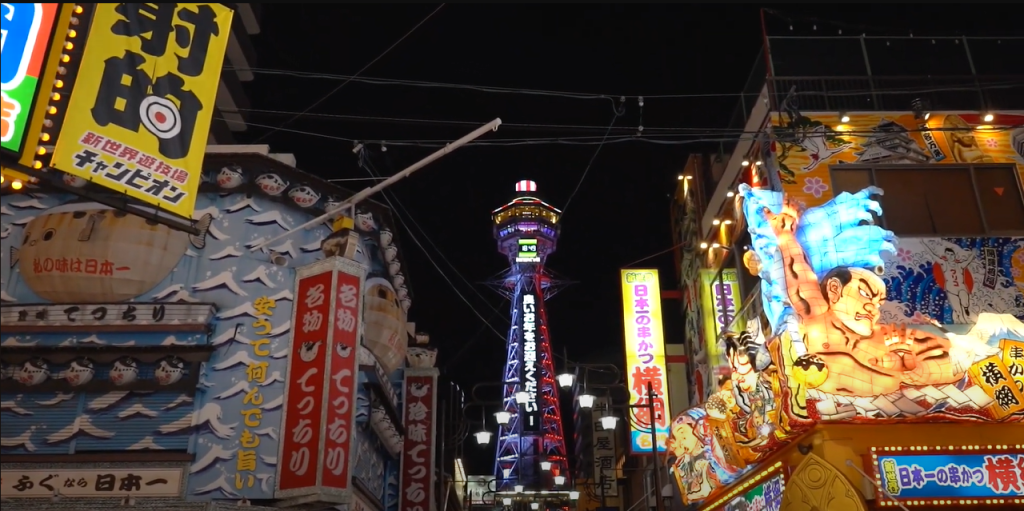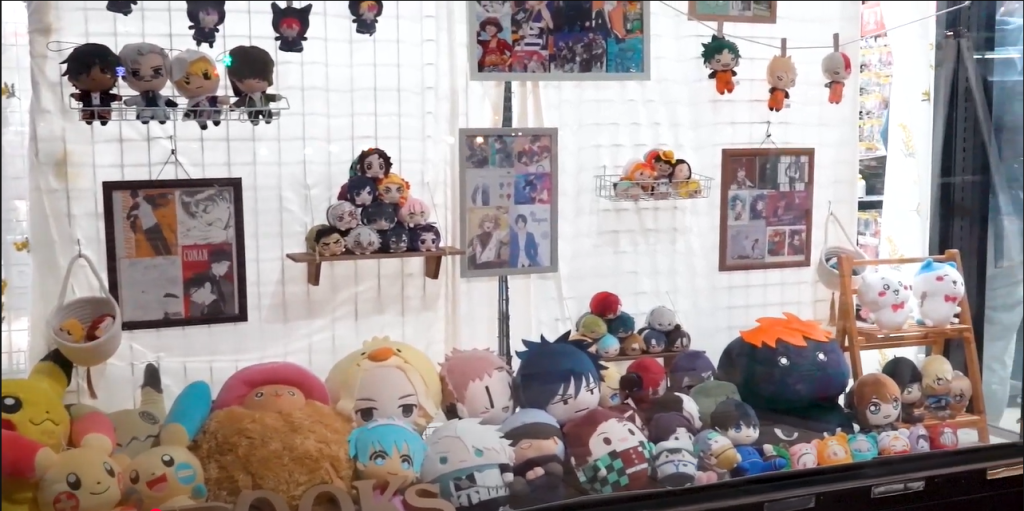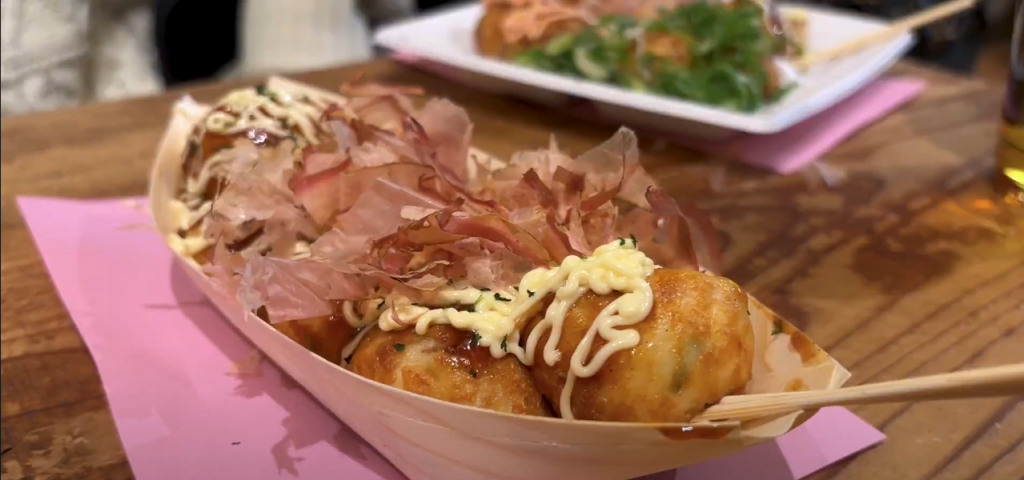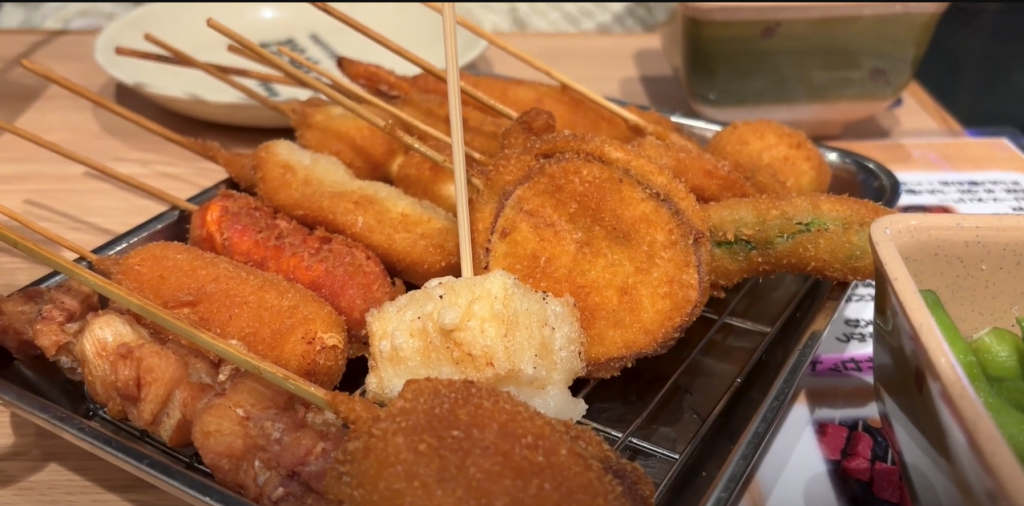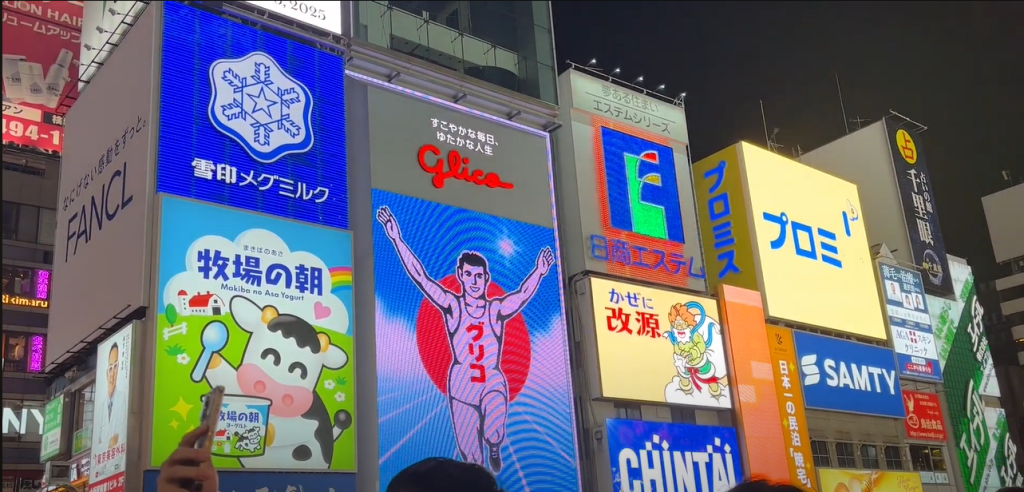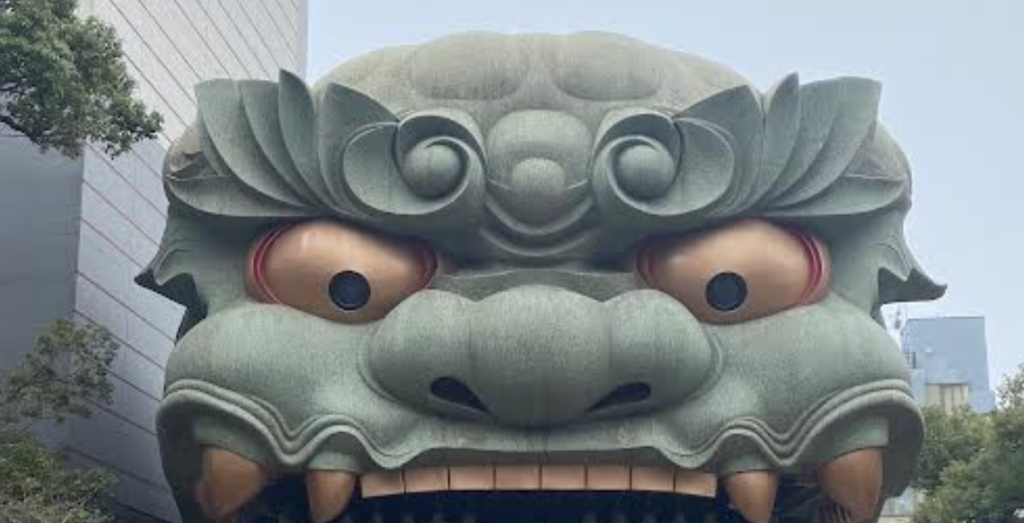What we saw in Kyoto in 1 day
Kyoto, the former capital of Japan, is a city where tradition and tranquility reign supreme. Known for its stunning temples, serene gardens, and traditional tea houses, Kyoto offers a glimpse into the heart of Japan’s cultural heritage.
We woke up at 4:50 AM in Osaka to take the train to Kyoto and to not encounter many people. It is a very easy ride that takes around one hour from Awaji Station and costs around 600 yens. We arrived at Fushimi Inari Taisha around 6:00 AM.
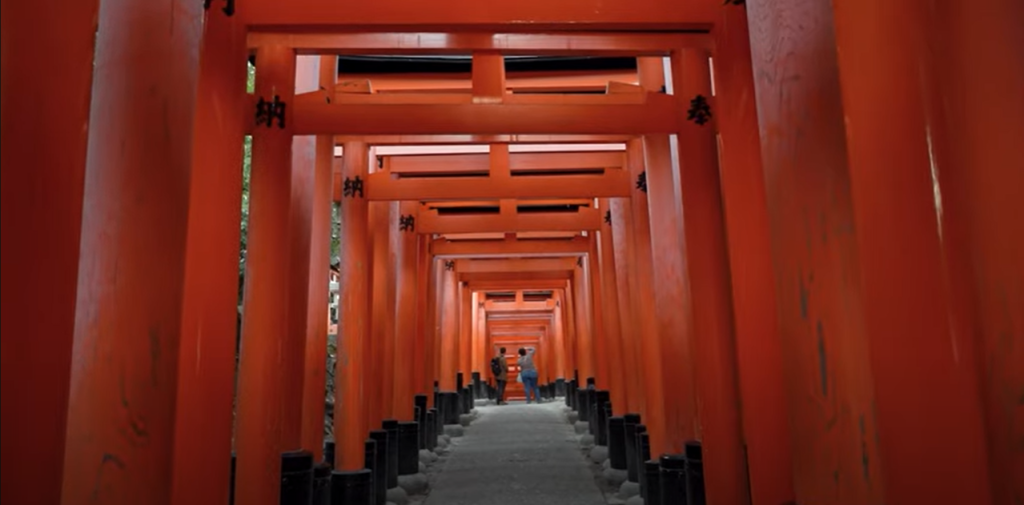
Fushimi Inari Taisha is famous for its thousands of red torii gates that lead you up Mount Inari (we didn’t go all the way to the top!). These red torii gates represent the donations of different people, companies, etc. and the size depends on the amount that was donated. A taller torii means that the donation was higher. Walking through this endless pathway is a very cool experience, offering a sense of peace and wonder. The shrine itself is dedicated to Inari, the Shinto god of rice who is represented by different foxes statues, that are believed to be his messengers. However, try to avoid peak hours or you won’t even be able to walk. Early bird catches the worm.

Afterwards, we took the train to Sannenzaka (and its surroundings) which is a street filled with souvenir shops, cafés and restaurants that follow the typical Japanese architecture. We were a bit hungry and we were eager to try typical Kyoto sweets, so we stopped by one of the shops to get Yatsuhashi. Yatsuhashi is a sweet “crêpe” made combining rice flour, sugar, and cinnamon. People typically fill it with red bean paste and it can has different flavors, we got the strawberry one!
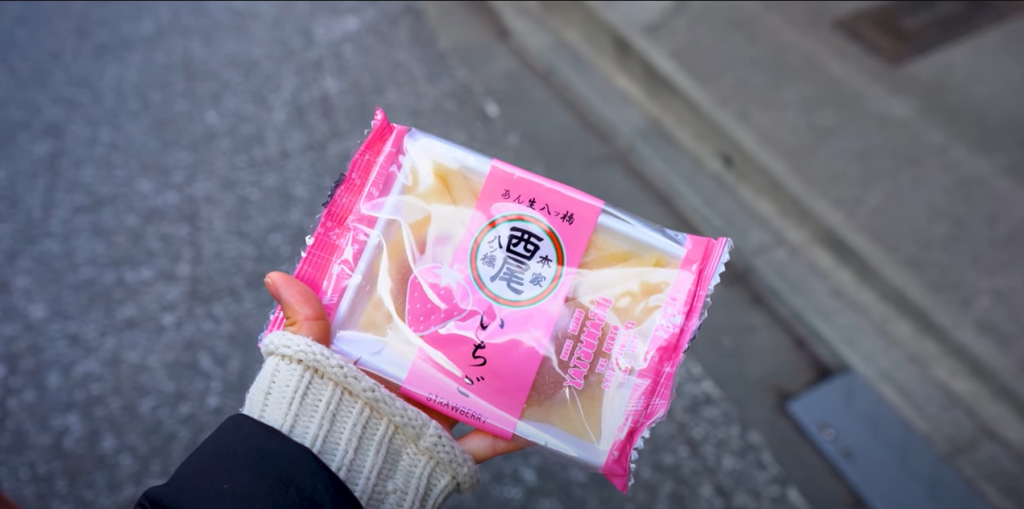
Around the area there are different good photo spots where many people take photos and videos, so we headed towards some of them. We think the best way to discover the best spot is to walk around and look at every corner.
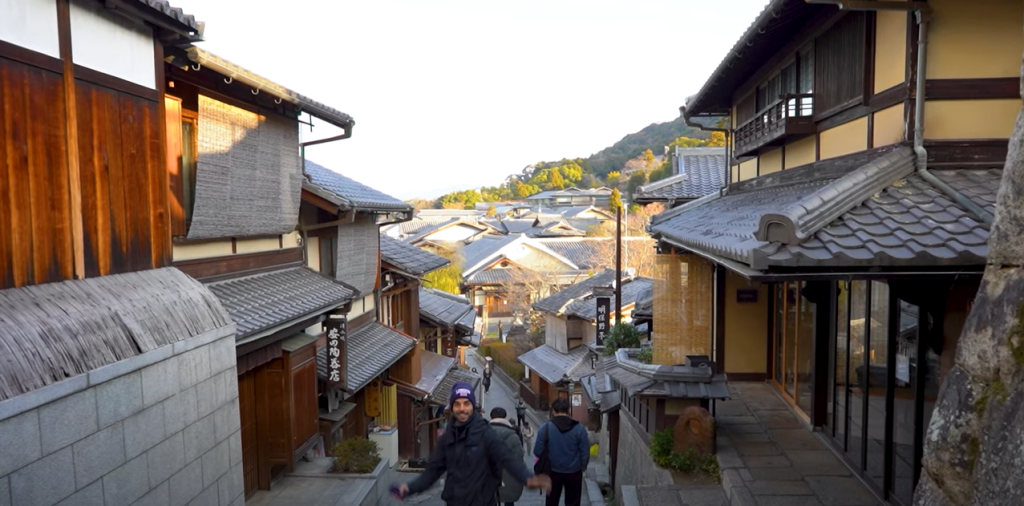
We are sure you have seen the views of the area around Sannenzaka with the Yasaka Pagoda rising above the Japanese traditional houses. To be honest, the scenery is beautiful and it makes you feel like walking in the ancient Japan. Absolutely, astonishing!
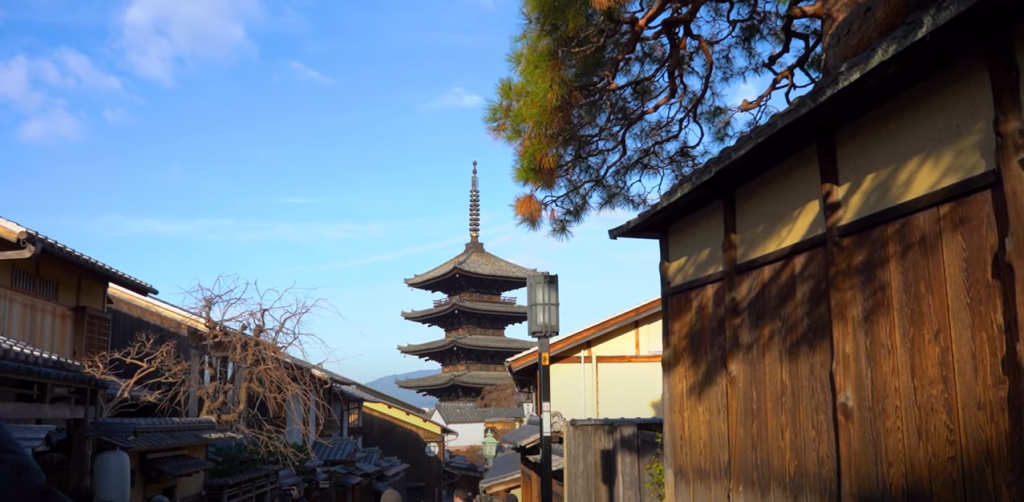
As we mentioned before, that day we woke up at 4:50 AM to catch the first train and get to Fushimi Inari before anyone else. So, obviously, we were getting sleepy. That’s why we decided to get a coffee and, question, what is the biggest coffee shop chain that has the best spots in Japan? Yes, we found the fanciest Starbucks ever! In the streets of Sannenzaka you can find a Starbucks, a bit hidden, inside a 100 years old Japanese house where you can sit on the tatami floor while enjoying your latte.

Sannenzaka is connected to Kiyomizu-dera which was our next destination. The photo shown below is the entrance to the temple. Unfortunately, we didn’t enter because we didn’t have time to spare. Kiyomizu-dera is a UNESCO World Heritage Site and is known for the scenic views afforded from its sizable veranda. We want to visit Kyoto again and enter.
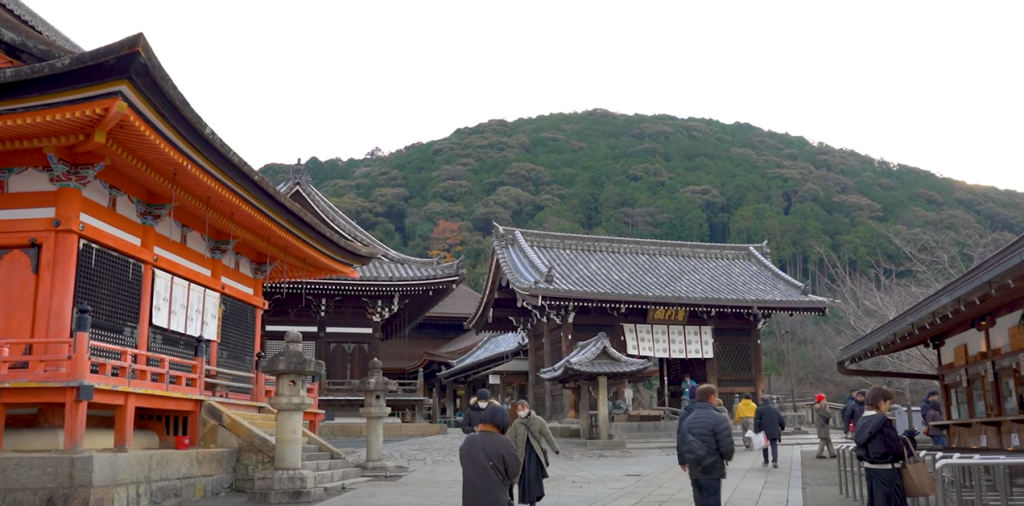
Walking distance from there, we went to the area of Gion (the Geisha district to say it in a way). The area is filled with shops, restaurants and teahouses. You can also see geisha and geisha apprentices (maiko). However, we couldn’t see any (it was too early!).
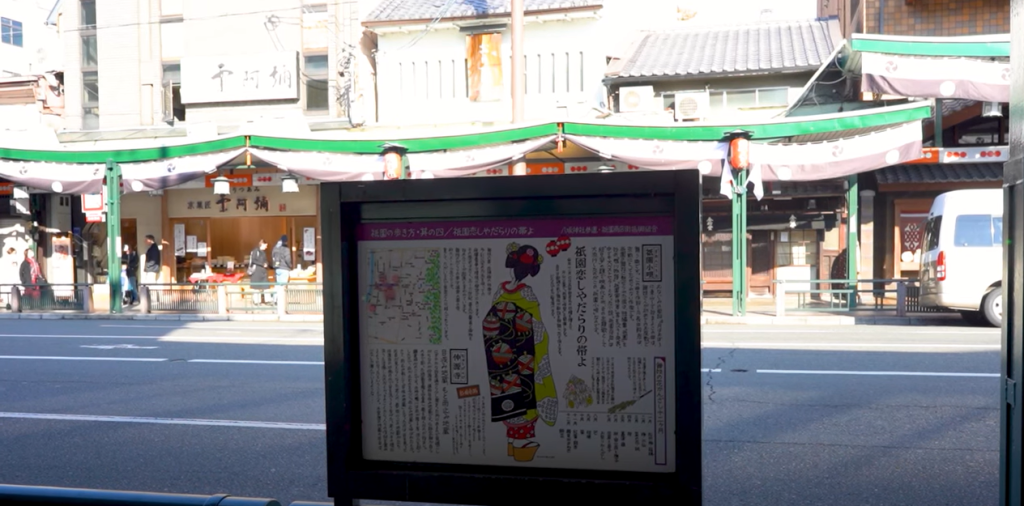
Next, we headed to Kinkaku-ji, the Golden Pavilion. This Zen Buddhist temple, with its top two floors covered in gold leaf, beautifully reflects in the surrounding pond, creating a picture-perfect scene. The surrounding gardens are very impressive and they offer a tranquil space for reflection, when there is no one. However, it’s a very busy place.
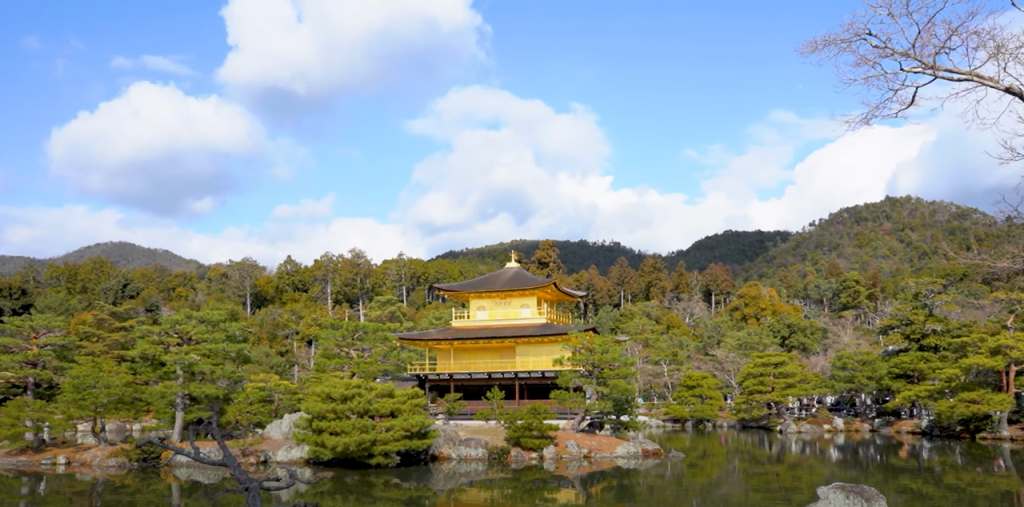
From Kinkakuji we traveled to West Kyoto. There we went to one of a kind park, the Arashiyama Monkey Park. The park is famous because there live many monkeys. It is open to the public if you pay for a ticket and on the top you can buy food for the monkeys and feed them. Be aware, don’t look at them in their eyes!
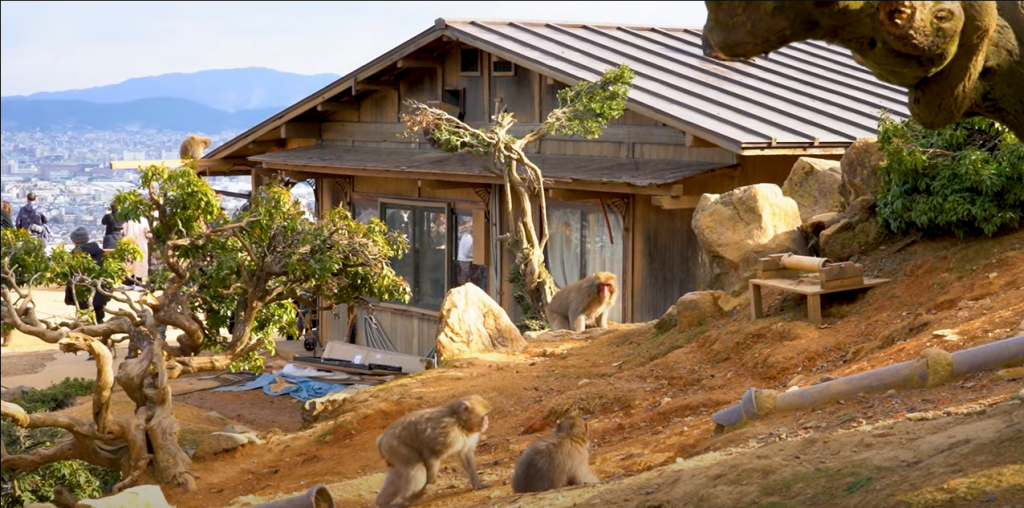
And our last stop was a must visit to the peaceful Arashiyama Bamboo Grove. The towering bamboo stalks create a unique atmosphere, and a stroll through the grove is an immersive experience. Nearby, the Tenryu-ji Temple and Togetsukyo Bridge are also worth exploring.

After that, we called it a day and headed back to our hotel. Kyoto is so beautiful, specially, when not crowded. So, if you are going to visit this breathtaking city, make sure to go when it’s not too busy. We are looking forward to going again soon to explore different parts of the city.
Here you have the link to the map we used 🙂 https://maps.app.goo.gl/FWKmFL27kErqXbDy5
